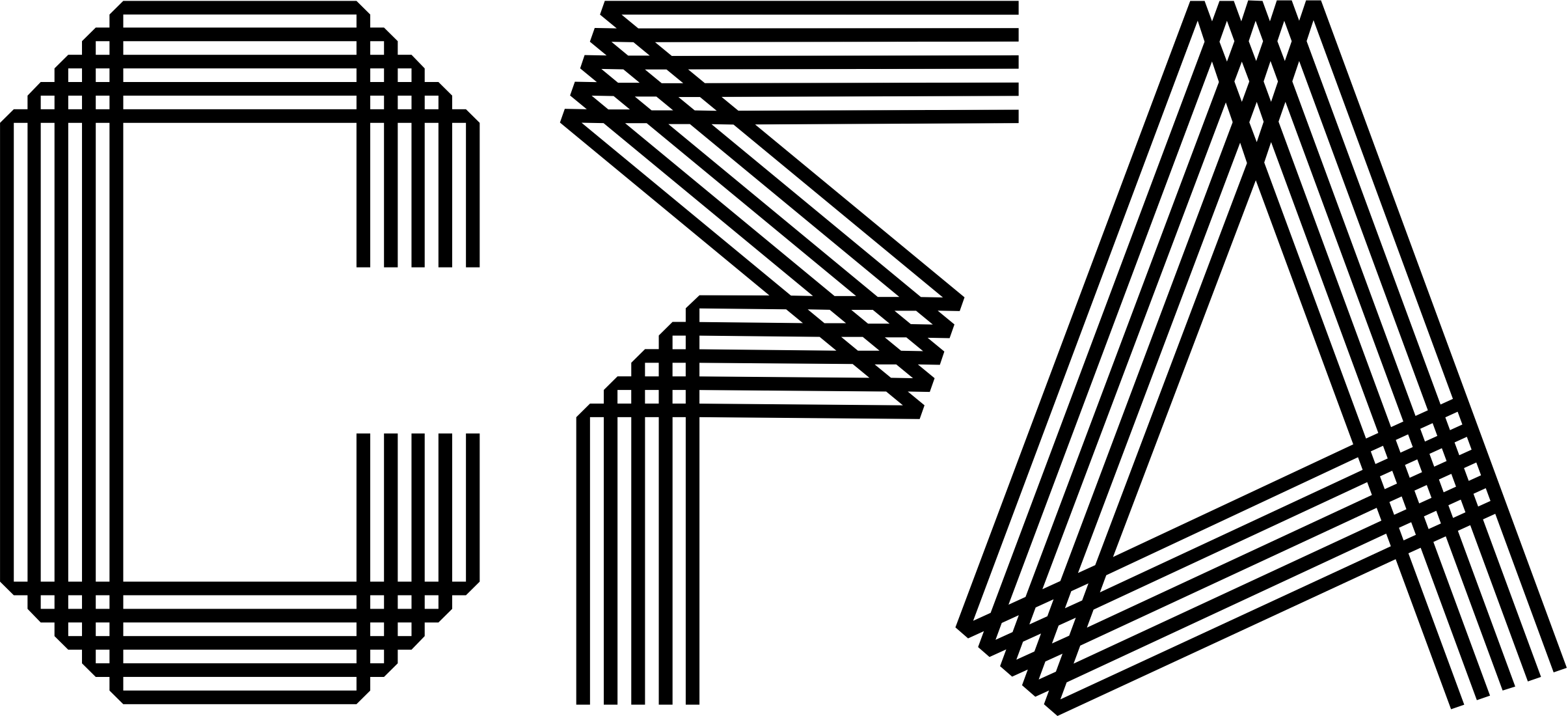Discovering New Materialism thanks to artist Timur Si-Qin to regenerate your faith in the immaterial side
- Timur Si-Qin, Deliver me from dipolar spirits, 2014, Aluminum X-banner stands, PVC blockout banner, Macaw feathers. 190 x 200 x 180 cm.
- Timur Si-Qin, Deliver me from dipolar spirits, 2014, Aluminum X-banner stands, PVC blockout banner, Macaw feathers. 190 x 200 x 180 cm.
- Timur Si-Qin, Deliver me from dipolar spirits, 2014, Aluminum X-banner stands, PVC blockout banner, Macaw feathers. 190 x 200 x 180 cm.
- Timur Si-Qin, Deliver me from dipolar spirits, 2014, Aluminum X-banner stands, PVC blockout banner, Macaw feathers. 190 x 200 x 180 cm.
It’s hard to say if what the contemporary philosophy calls “New materialism” will play the same role that other “-isms” have played in the glorious history of ideas. This cluster of theories focused on the matter includes too many points of view, as well as being too many things at the same time – from art theory, media studies and feminist philosophy to sociology, gender and sexuality research, and science and environmental studies. What Diana Coole and Samantha Frost state when introducing a seminal collection of essays about this topic (2010) is an obvious empiric truth: we are spirits in a material world, as Sting wrote in 1981… do you remember that song?
Nevertheless, even if New Materialism will remain a minor star, no one will be ever allowed to talk about certain three-dimensional artworks by Berlin based artist Timur Si-Qin out of what has to be considered the starting point of his art practice, that is New materialism indeed. Once again it is proved not only that the information involved in a certain art practice is, in fact, part of the artwork’s identity, but also the material result of this ideas (the artwork) influences the ideas from where it moves. A few words will be enough to grasp the effectiveness of this always positive relation, no mater if you agree with that or, on the contrary, you believe that the immaterial side is the real undervalued element of the world we are living in.
As human beings we inhabit an ineluctably material world. We live our everyday lives surrounded by, immersed in, matter. We are ourselves composed by, immersed in, matter. We experience its restlessness and intransigence even as we reconfigure and consume it. At every turn we encounter physical objects fashioned by human design and endure natural forces whose imperatives structure our daily routines for survival.
(Diana Coole and Samantha Frost, 2010)
September 22, 2014




